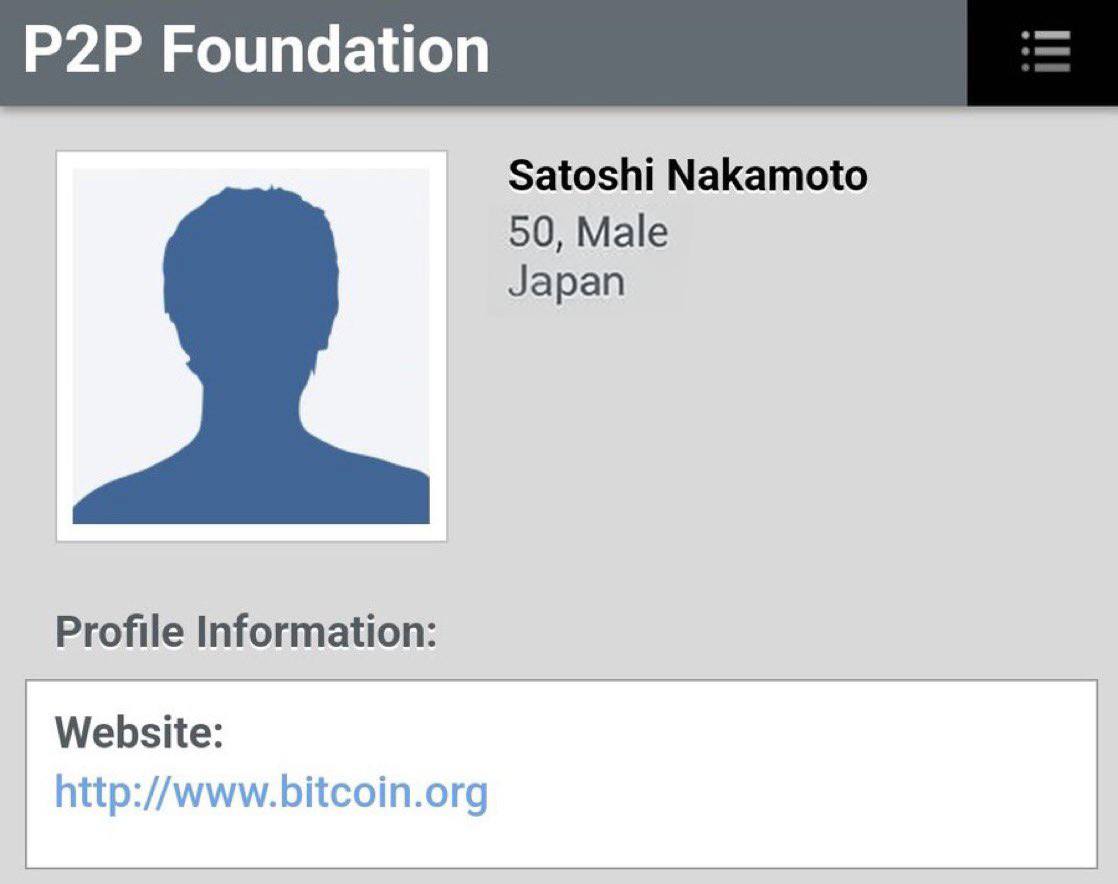🎉 The Cryptic Genius Turns 50: Unmasking Satoshi Nakamoto’s Legacy 🎉
April 5, 2025, marks the symbolic 50th birthday of Satoshi Nakamoto, the enigmatic creator of Bitcoin, though the true birthdate remains a mystery shrouded in intrigue.
The Elusive Creator of Bitcoin
April 5, 2025, is a date that has become synonymous with Satoshi Nakamoto’s alleged birth year, but the truth behind this claim remains a closely guarded secret. The origin of this date is rooted in a 2009 P2P Foundation profile listing April 5, 1975, as Nakamoto’s birthdate, but no verified evidence supports this detail, leaving the occasion steeped in symbolism rather than fact.

However, the connection between April 5 and Nakamoto’s identity is not without historical significance. On the same date in 1933, U.S. President Franklin D. Roosevelt outlawed private gold ownership via Executive Order 6102, a policy emblematic of centralized financial control. Satoshi’s alleged birth year of 1975 may nod to the 1974 legalization of private gold holdings—a subtle critique of government monetary overreach.
Yet, the date’s connection to Nakamoto’s identity remains speculative, aligning with Bitcoin’s ethos of decentralization and resistance to centralized authority. Satoshi Nakamoto’s P2P Foundation profile, created months before Bitcoin’s January 2009 launch, is the only source of the birthdate claim. The profile’s sparse details—including an age that incrementally updated in early posts—suggest the date may be a deliberate fabrication.
Cryptocurrency historians argue it was more likely chosen for its symbolic ties to financial autonomy, not biographical accuracy. Regardless of its origins, April 5 has become a cultural touchstone. Bitcoin enthusiasts worldwide celebrate the date with social media tributes, technical deep dives, and reflections on Satoshi’s contributions. Such celebrations highlight how Nakamoto’s anonymity amplifies Bitcoin’s narrative as a movement rather than the work of a single individual.
The Triple-Entry Bookkeeping Revolution
Central to that narrative is Satoshi’s 2008 white paper, which introduced triple-entry bookkeeping via blockchain technology. This innovation solved the Byzantine Generals’ Problem—a decades-old computer science dilemma about achieving consensus in untrusted networks. Traditional double-entry systems, while revolutionary in the Renaissance era, relied on fallible intermediaries. Satoshi’s triple-entry method added cryptographic validation, creating an immutable ledger where transactions are permanently recorded, timestamped, and linked across a decentralized network.
The system’s brilliance lies in its trustless design. By using proof-of-work (PoW) consensus, Bitcoin ensures that no single entity controls the ledger. Each transaction is hashed, added to a block, and chained to prior entries, making tampering computationally impractical. As Satoshi once noted to James A. Donald in 2008, “The proof-of-work chain is the solution to the Byzantine generals’ problem.”
This framework not only secured Bitcoin but also inspired a wave of blockchain applications, from tokens backed by real-world assets (RWAs) to decentralized finance (DeFi). Critically, Satoshi’s disappearance around 2010 deepened the mystery surrounding their identity. Claims by over a dozen figures to be Nakamoto have been widely disputed, and technical analyses of Satoshi’s early writings suggest deliberate obfuscation of linguistic patterns in order to throw off the trail.
This anonymity reinforces Bitcoin’s foundational principle: the system’s integrity does not depend on its creator’s identity. The triple-entry breakthrough’s impact is undeniable. By eliminating intermediaries, Satoshi’s system challenged traditional banking models and offered a blueprint for transparent, peer-to-peer transactions. Financial institutions now explore blockchain for auditing and reconciliation, while cryptocurrencies built on similar principles boast a collective market cap exceeding $1 trillion.
As Bitcoin evolves, so does Satoshi’s legacy. The 50th birthday milestone—real or not—serves as a reminder of how a pseudonym reshaped global finance. Whether Nakamoto is alive, a collective, or a myth matters less than the system they unleashed: one where trust is cryptographic, power is distributed, and financial sovereignty is redefined.
Read More
- Jujutsu Kaisen Reveals New Gojo and Geto Image That Will Break Your Heart Before the Movie!
- Hut 8 ‘self-mining plans’ make it competitive post-halving: Benchmark
- Gaming News: Why Kingdom Come Deliverance II is Winning Hearts – A Reader’s Review
- The Elder Scrolls IV: Oblivion Remastered – How to Complete Canvas the Castle Quest
- Quick Guide: Finding Garlic in Oblivion Remastered
- Shundos in Pokemon Go Explained (And Why Players Want Them)
- Kylie & Timothée’s Red Carpet Debut: You Won’t BELIEVE What Happened After!
- S.T.A.L.K.E.R. 2 Major Patch 1.2 offer 1700 improvements
- We Ranked All of Gilmore Girls Couples: From Worst to Best
- LUNC PREDICTION. LUNC cryptocurrency
2025-04-05 22:29